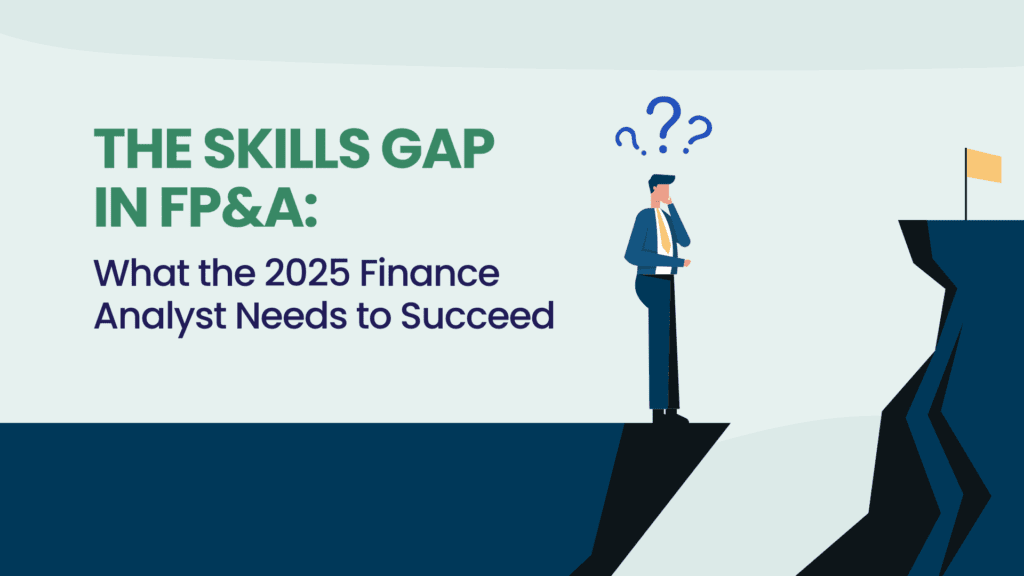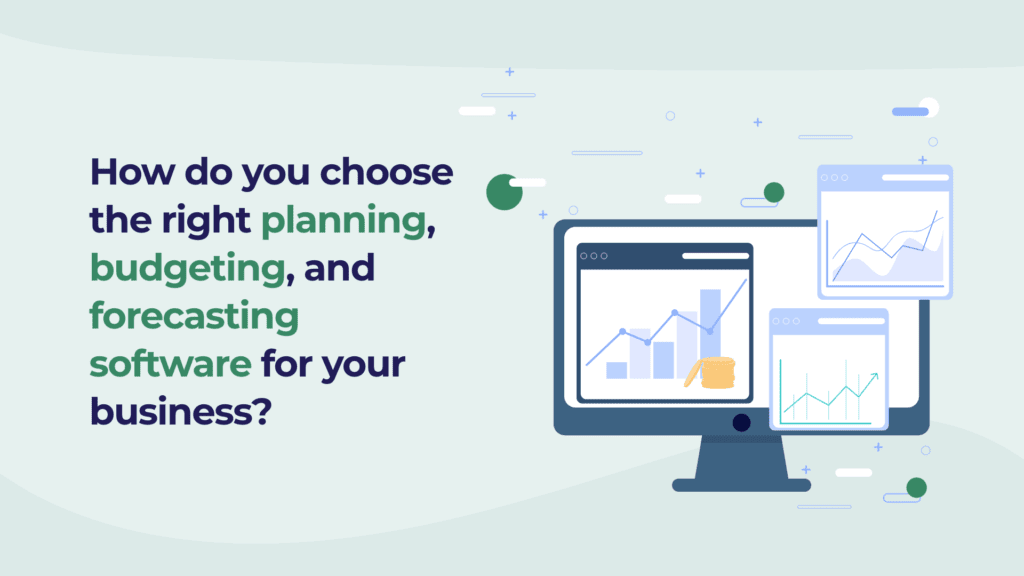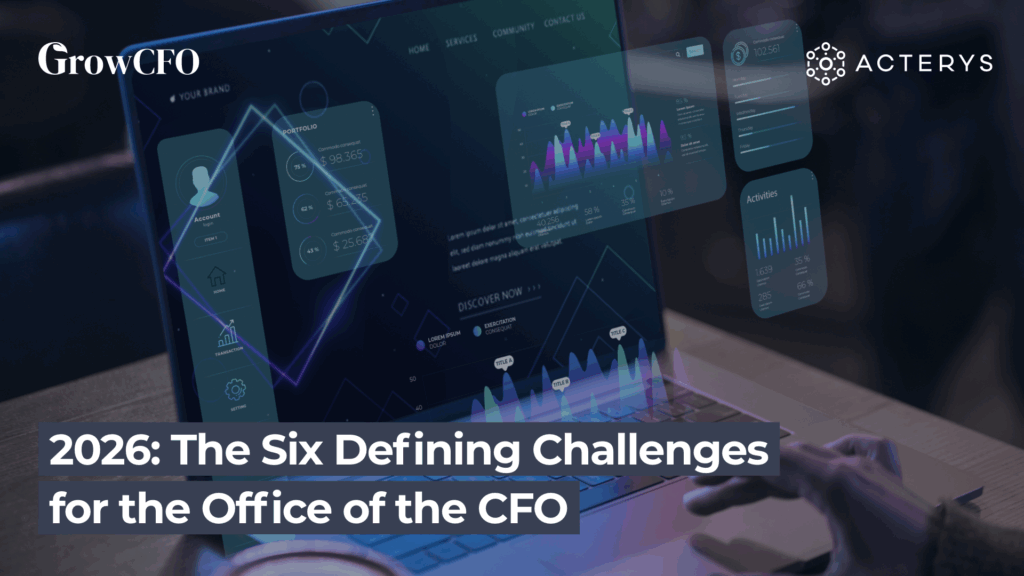The Skills Gap in FP&A: What the 2025 Finance Analyst Needs to Succeed

The FP&A analyst job description is changing faster than the month-end close.
Technology is transforming the finance workflow — automating reconciliations, integrating data sources, and generating forecasts in minutes instead of days. But there’s a catch: the full value of this transformation depends on the people using it
The upcoming Tech Innovation Report white paper shows that while demand for business partnering is rising sharply, the skills needed to deliver it are not yet widespread. Too many analysts are still spending more time collecting data than influencing decisions.
It’s time to imagine what the FP&A analyst of 2025 will actually look like.
The 2025 FP&A Analyst: Future Job Description
Role Purpose:
Drive insight, foresight, and influence across the organisation by connecting financial, operational, and market data into a coherent, actionable story.
Key Responsibilities:
- Build and maintain driver-based forecasting models to support agile decision-making.
- Develop and present scenario analyses for rapid response to market change.
- Translate complex data sets into compelling narratives for non-finance stakeholders.
- Partner with commercial, operations, and strategy teams in integrated planning processes.
- Leverage AI tools, automation, and self-service analytics to increase efficiency and reach.
Required Skills & Competencies:
- Storytelling: The ability to make the numbers mean something, to someone who doesn’t “speak finance.”
- Systems Thinking: Understanding the full data journey — from operational source systems to boardroom dashboards.
- Data Science Fundamentals: Comfort with tools like Python for Excel, Power BI, and statistical techniques for forecasting.
- Business Acumen: Deep understanding of operational drivers, market forces, and customer dynamics.
- Collaboration & Influence: Building trust and alignment across functions to drive outcomes, not just analysis.
How This Differs from Today’s Analyst
Today’s FP&A analyst often:
- Spends 60–70% of their time gathering and cleaning data.
- Relies heavily on static Excel spreadsheets.
- Focuses on historical variance analysis.
The 2025 FP&A analyst will:
- Spend most of their time interpreting insights and advising on action.
- Use cloud-based planning and analytics tools for real-time, self-service reporting.
- Combine predictive analytics with commercial awareness to shape strategy proactively.
Bridging the Skills Gap
The technology exists — integration layers, AI forecasting, real-time BI — but it’s only as powerful as the skills in the team. Bridging the gap means:
- Continuous learning: Ongoing upskilling in analytics, data tools, and business partnering.
- Cross-functional experience: Rotations and collaborations that build commercial understanding.
- Tool mastery: Hands-on work with modern FP&A tech like Power Query, Python for Excel, and BI platforms.
- Communication skills: Moving from “reporting” to “storytelling” to drive influence.
Why It Matters for FP&A Transformation
Investing in systems without investing in people leaves transformation half-finished. The “future-ready” analyst is the linchpin — the one who turns data into decisions, and decisions into results.
Without these skills, technology will only make the wrong processes run faster.
Take the Next Step
📅 Join us at the GrowCFO Tech Showcase on 24th September to see the systems that underpin modern FP&A and the skills they demand.
🚀 Then, take part in the FP&A Boot Camp starting in October to build people skills and processes that turn analysts into true business partners.
The 2025 analyst role isn’t a forecast—it’s a reality. The only question now is whether professionals are prepared to meet it head-on.




Responses